Best Seasons for Sewer Line Extensions
Sewer line extensions are typically performed during periods of moderate weather to ensure optimal installation conditions. Spring and early fall are often considered ideal, as they tend to have milder temperatures and less precipitation, reducing delays and complications.
Spring and fall offer the best weather conditions for sewer line extension projects, minimizing the risk of weather-related disruptions.
Moderate temperatures help prevent pipe freezing or overheating, ensuring the installation proceeds smoothly.
Planning during off-peak seasons can lead to quicker project completion and potentially lower costs due to reduced demand.
Heavy rain, snow, or extreme heat can delay excavation and installation, making these times less suitable.
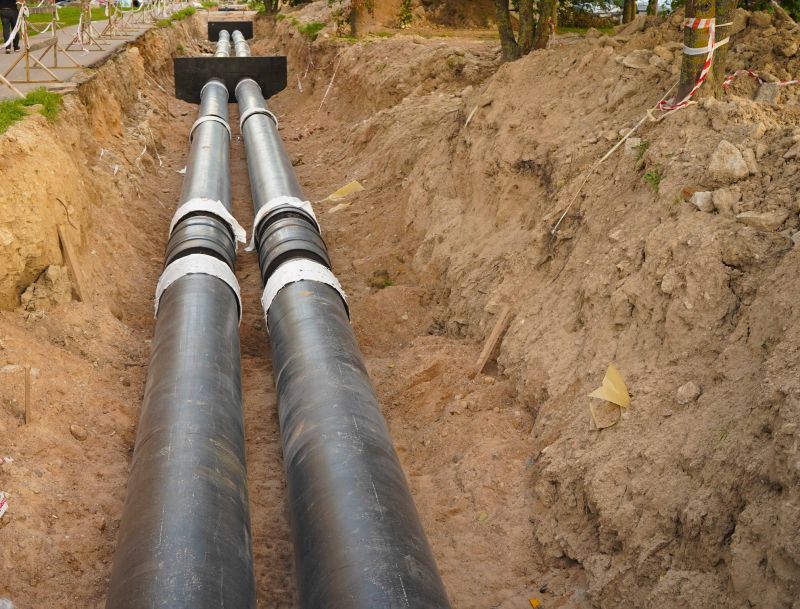
Construction during spring benefits from milder weather and longer daylight hours.
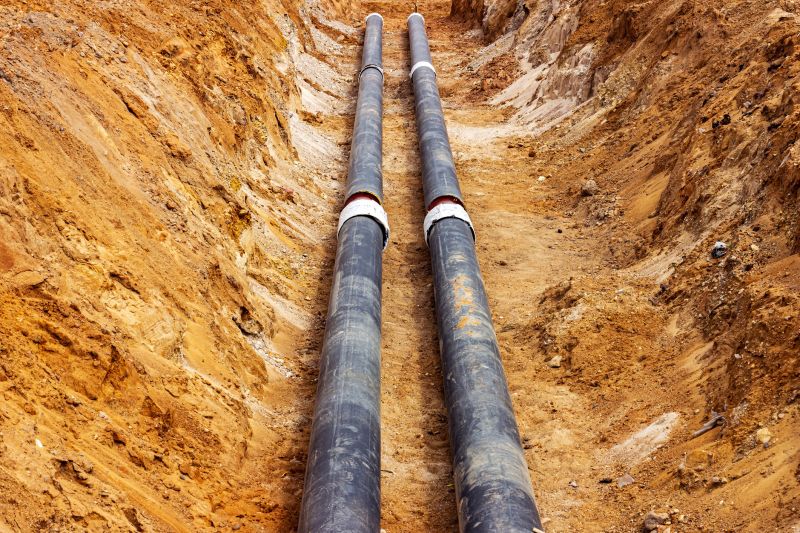
While possible, summer may pose challenges due to higher temperatures and potential drought conditions.
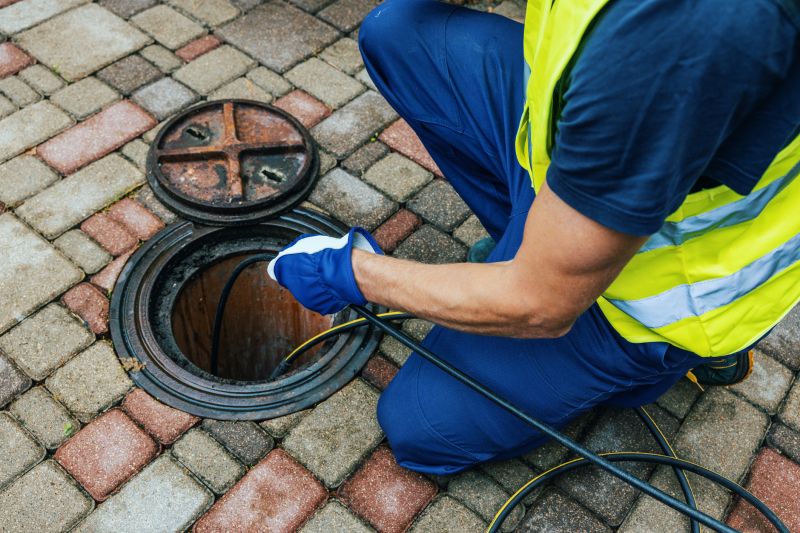
Fall offers cooler temperatures and less rainfall, ideal for underground work.
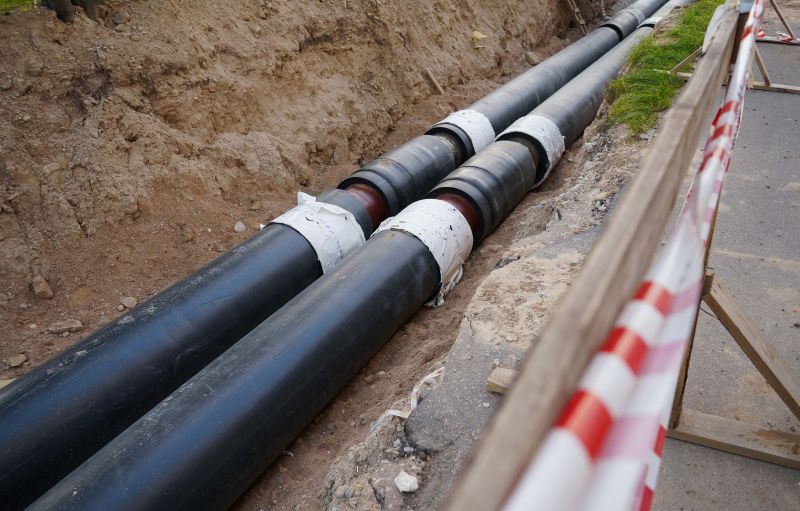
Ways to make Sewer Line Extensions work in tight or awkward layouts.
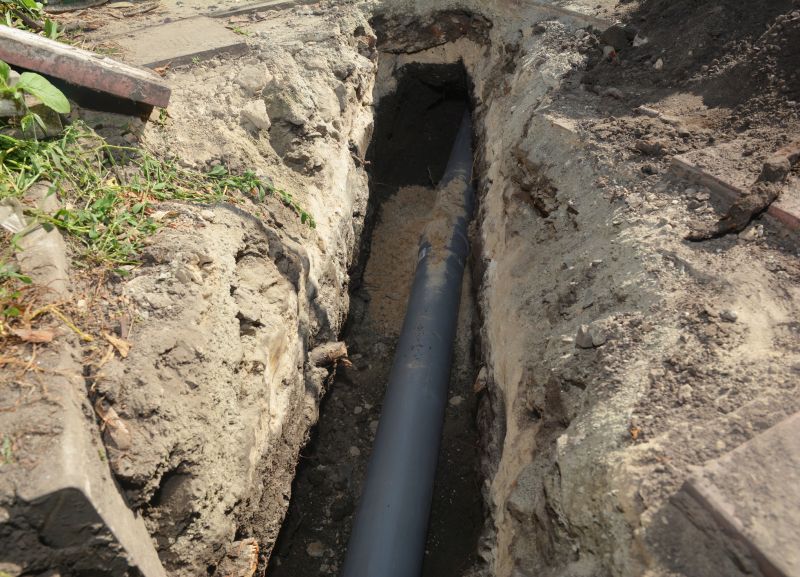
Popular materials for Sewer Line Extensions and why they hold up over time.
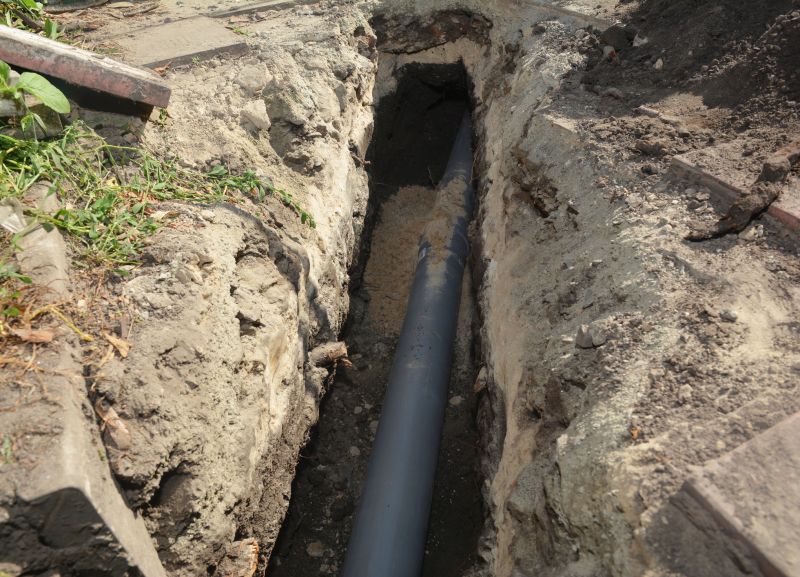
Simple add-ons that improve Sewer Line Extensions without blowing the budget.
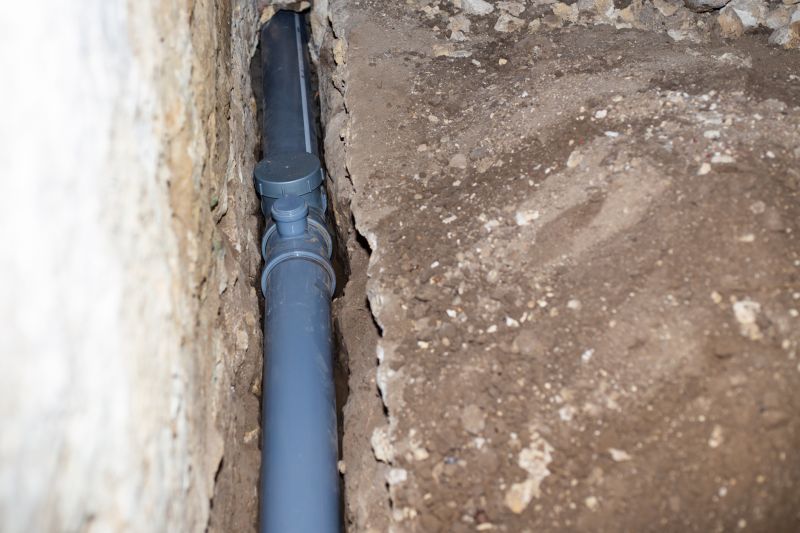
High-end options that actually feel worth it for Sewer Line Extensions.
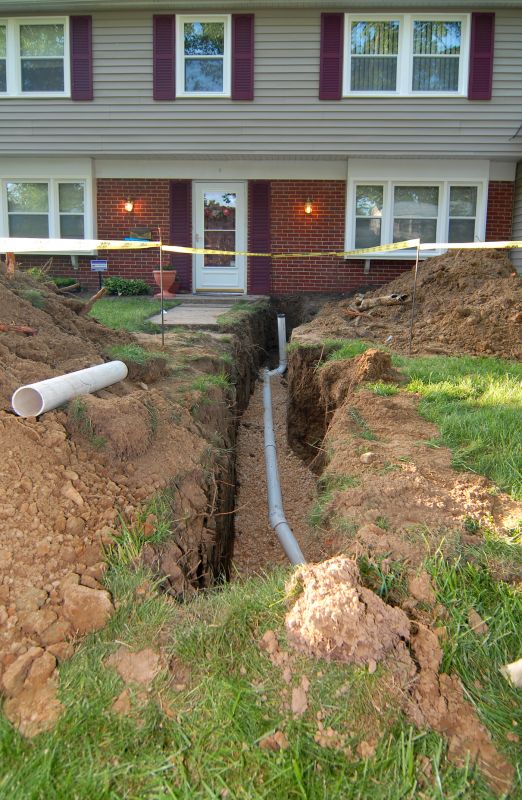
Finishes and colors that play nicely with Sewer Line Extensions.
| Season | Advantages |
|---|---|
| Spring | Mild temperatures, longer daylight, less rain |
| Summer | Longer days, good for scheduling |
| Fall | Cooler weather, less rain, optimal for excavation |
| Winter | Generally not recommended due to cold and snow |
Sewer line extensions involve connecting existing sewer systems to new or expanded areas, facilitating proper waste management and infrastructure growth. Proper timing ensures minimal disruptions and adherence to local regulations. Installation requires careful planning around weather conditions, soil stability, and permitting processes. Projects undertaken during suitable seasons tend to experience fewer delays, lower costs, and higher quality results.
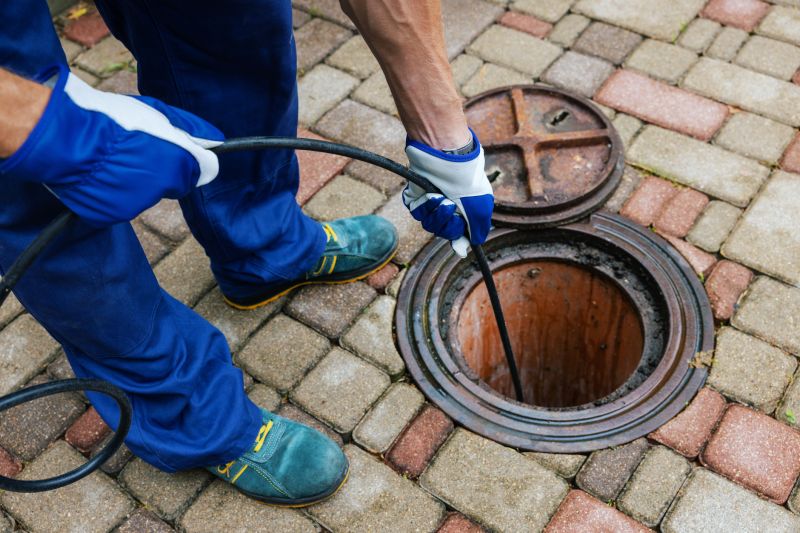
Excavation and pipe laying are most efficient during favorable weather conditions.

Heavy machinery is used for trenching and pipe installation, requiring stable ground.
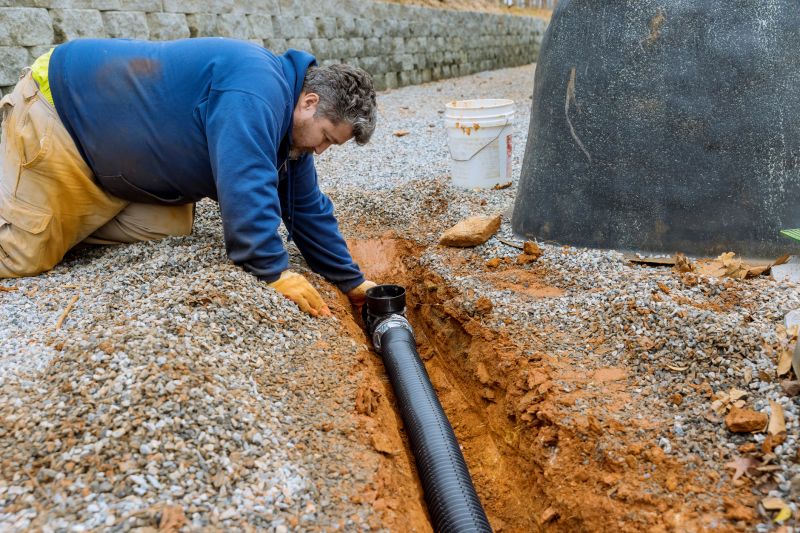
Post-installation inspections are crucial and are best scheduled during dry weather.
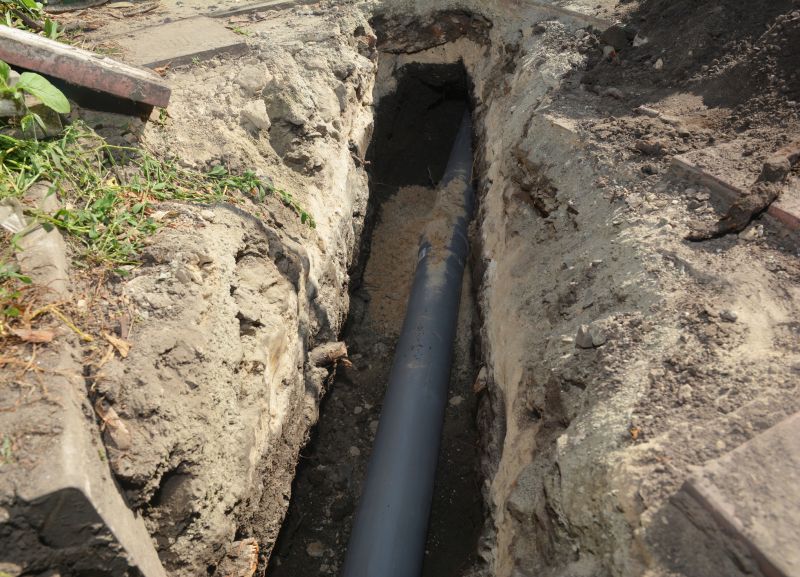
Properly timed projects result in durable, long-lasting connections.

Little measurements that prevent headaches on Sewer Line Extensions day.

A 60-second routine that keeps Sewer Line Extensions looking new.
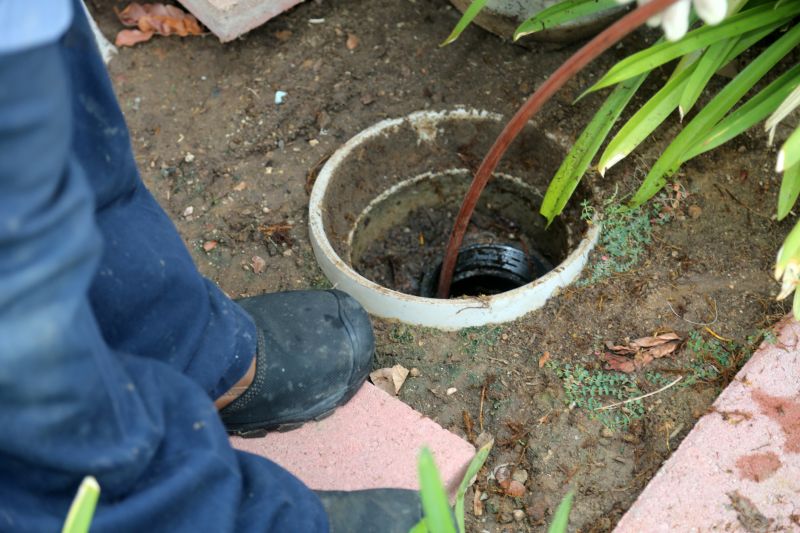
A frequent mistake in Sewer Line Extensions and how to dodge it.

Small tweaks to make Sewer Line Extensions safer and easier to use.
Choosing the right time for sewer line extensions can influence the success and efficiency of the project. Consulting with local contractors and understanding seasonal weather patterns can aid in planning optimal installation windows. Proper timing minimizes risks associated with soil movement, weather delays, and regulatory inspections, leading to smoother project execution.
Interested in scheduling a sewer line extension? Filling out the contact form can provide more information and help plan the project during the most suitable season for installation, ensuring quality and reliability.
